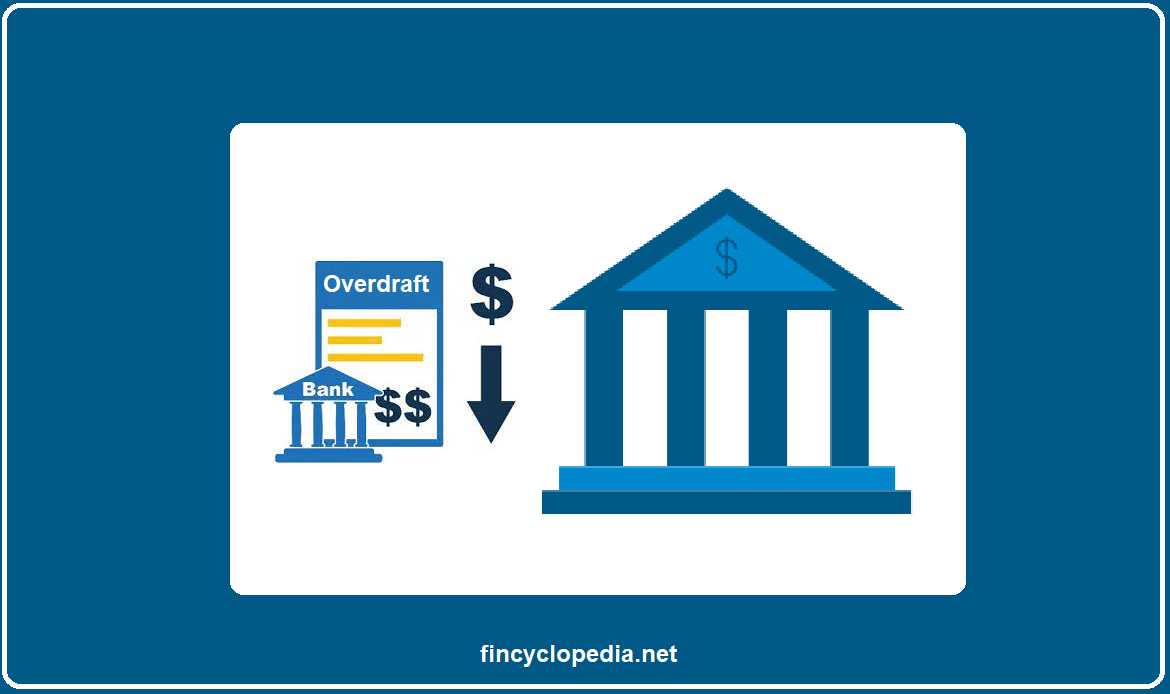An acronym for open market operation; a practice or operation that is carried out by a central bank whereby it purchases or sells securities such as treasury bonds, notes, or bills from the member banks (i.e., banks operating in its own jurisdiction or banking system), in the open market, with the aim of regulating money supply by controlling one of its key components- i.e., commercial bank reserves (bank reserves).
In order to increase the money supply, a central bank buys treasury securities (and the money injected as a price for such securities contributes to the money in circulation). For an opposite effect (reduction of money supply), it sells treasury securities (and the money taken out from circulation helps lower the size of money supply).
Open market operations (OMOs) are a monetary policy tool that is deployed by a central bank to influence interest rates, to manage liquidity in the financial system, and to signal its monetary policy position and general direction.
In specific countries or regions (Europe or European Union), operations entail provision of one-week liquidity (by means of the so-called main refinancing operations, MROs), and three-month liquidity (longer-term refinancing operations, or LTROs). In the United States, open market operations may be carried out on a temporary basis (temporary open market operations, TOMO) or a permanent basis (permanent open market operation, POMO).





